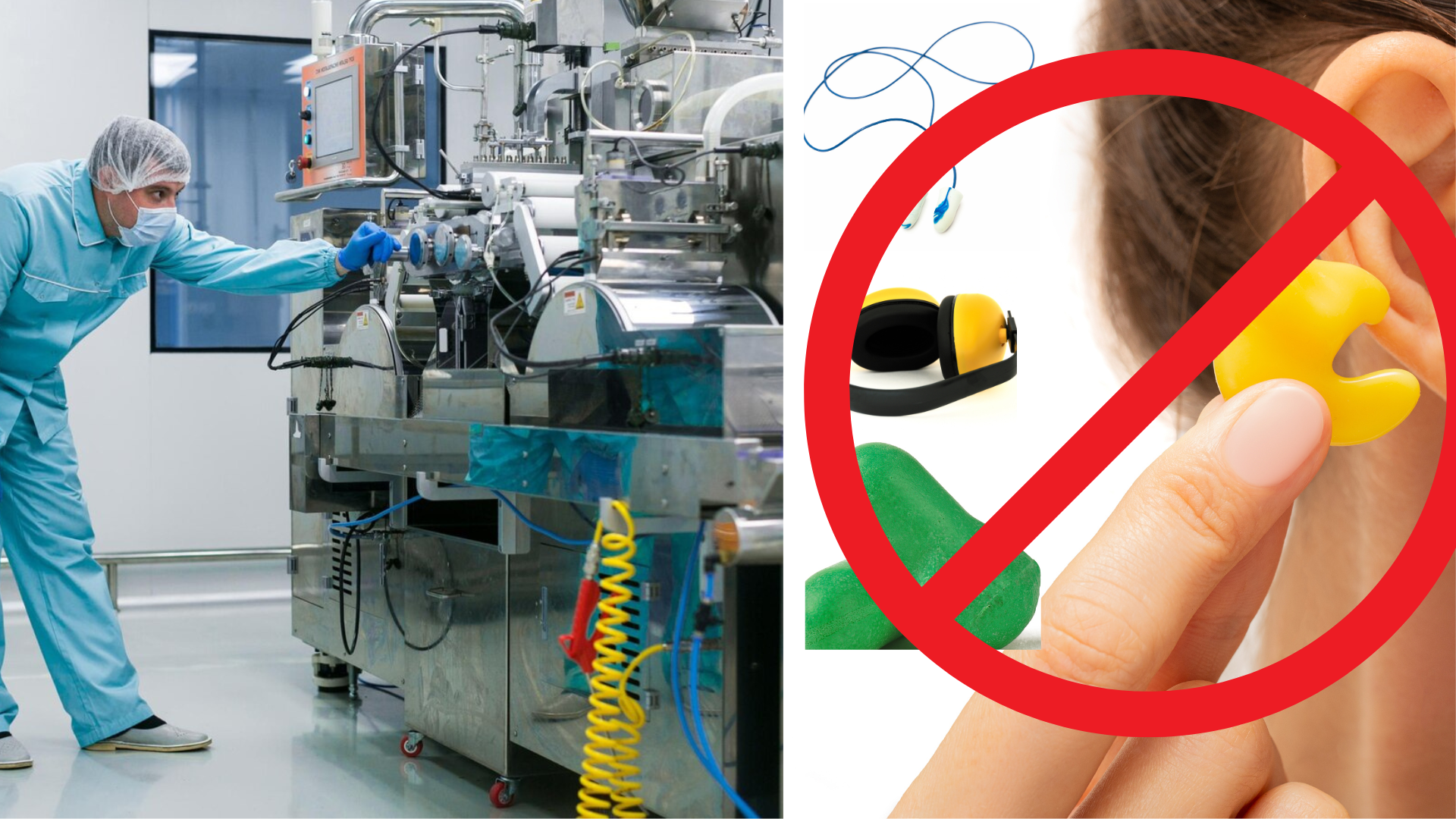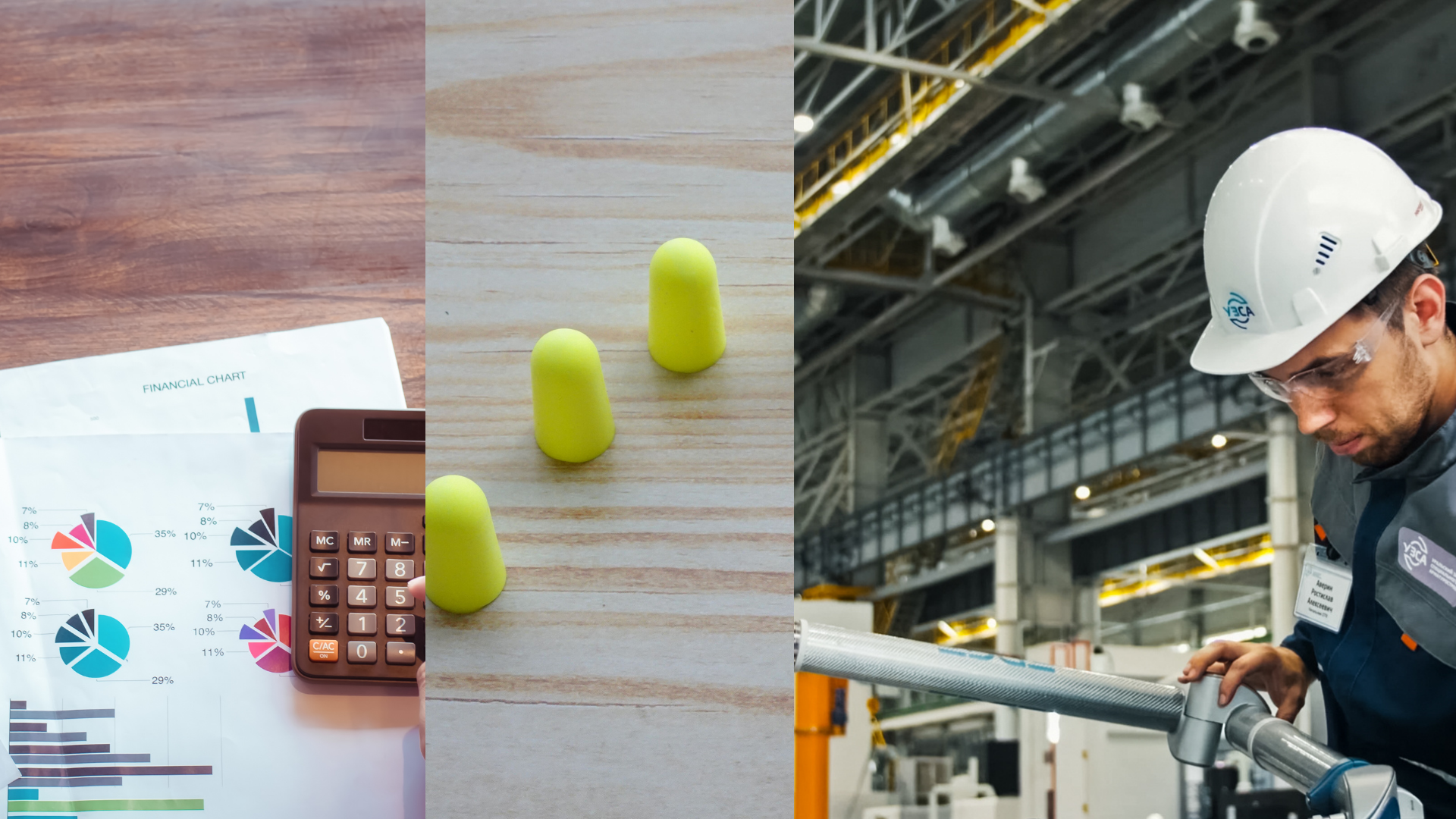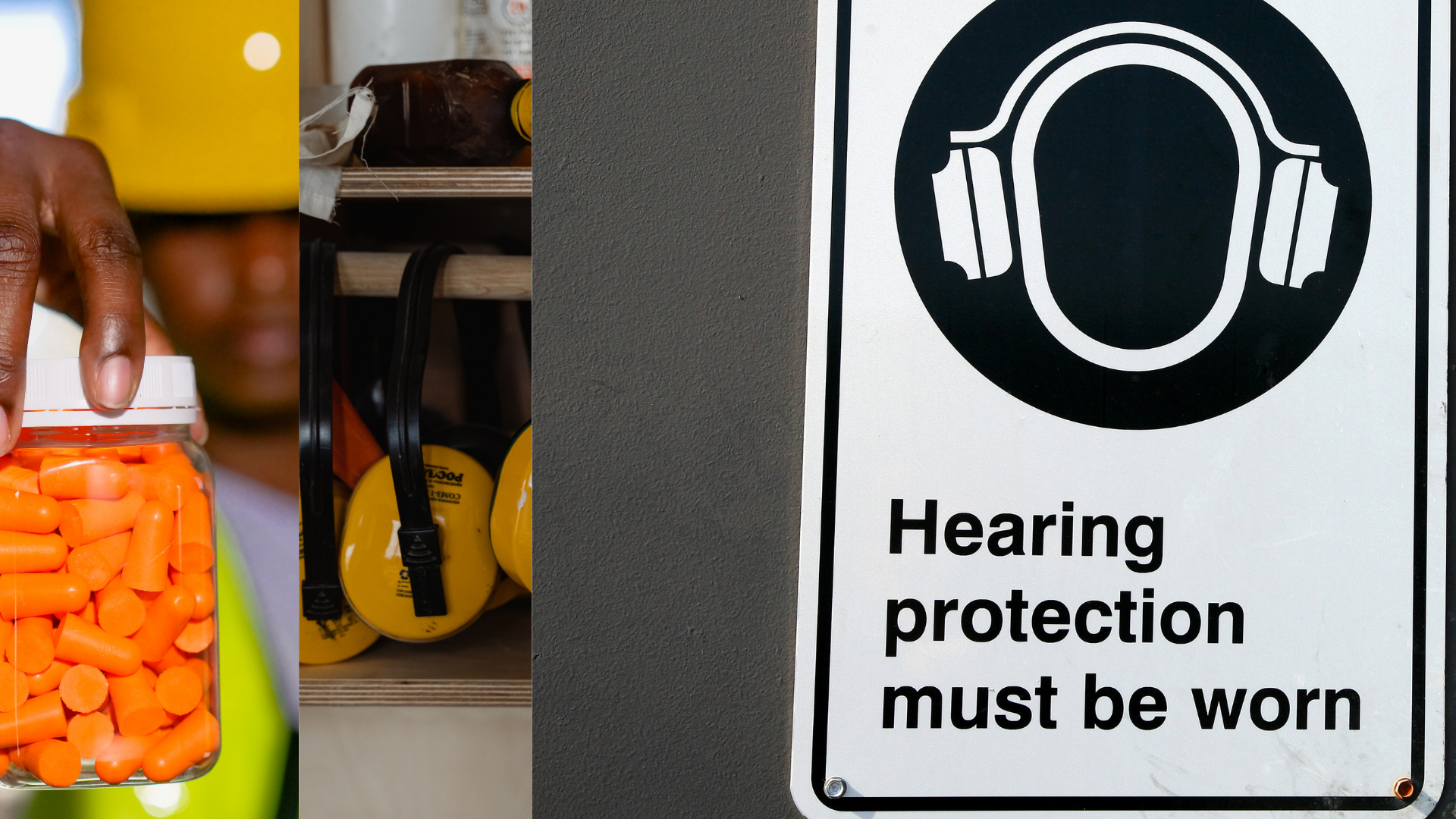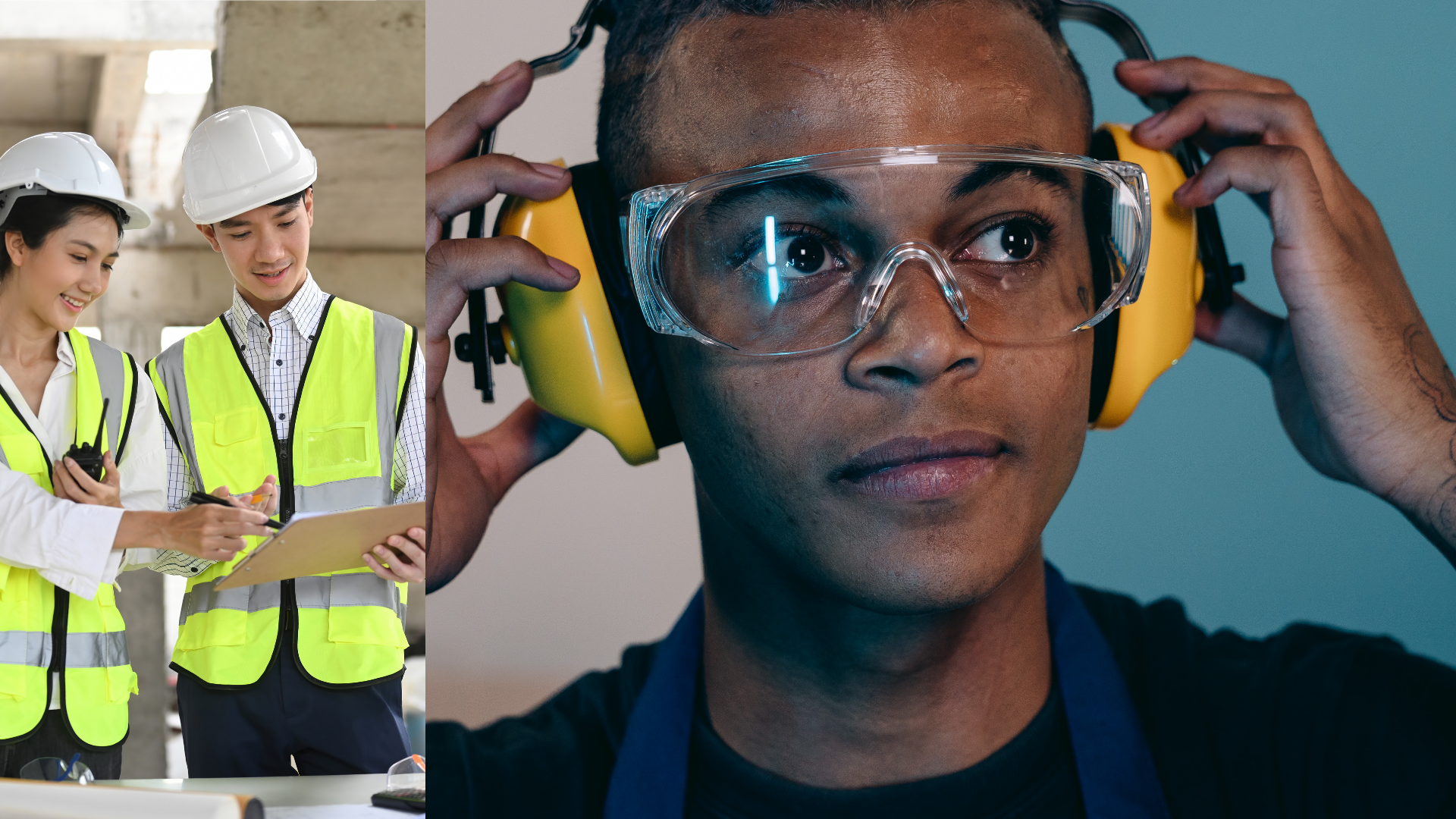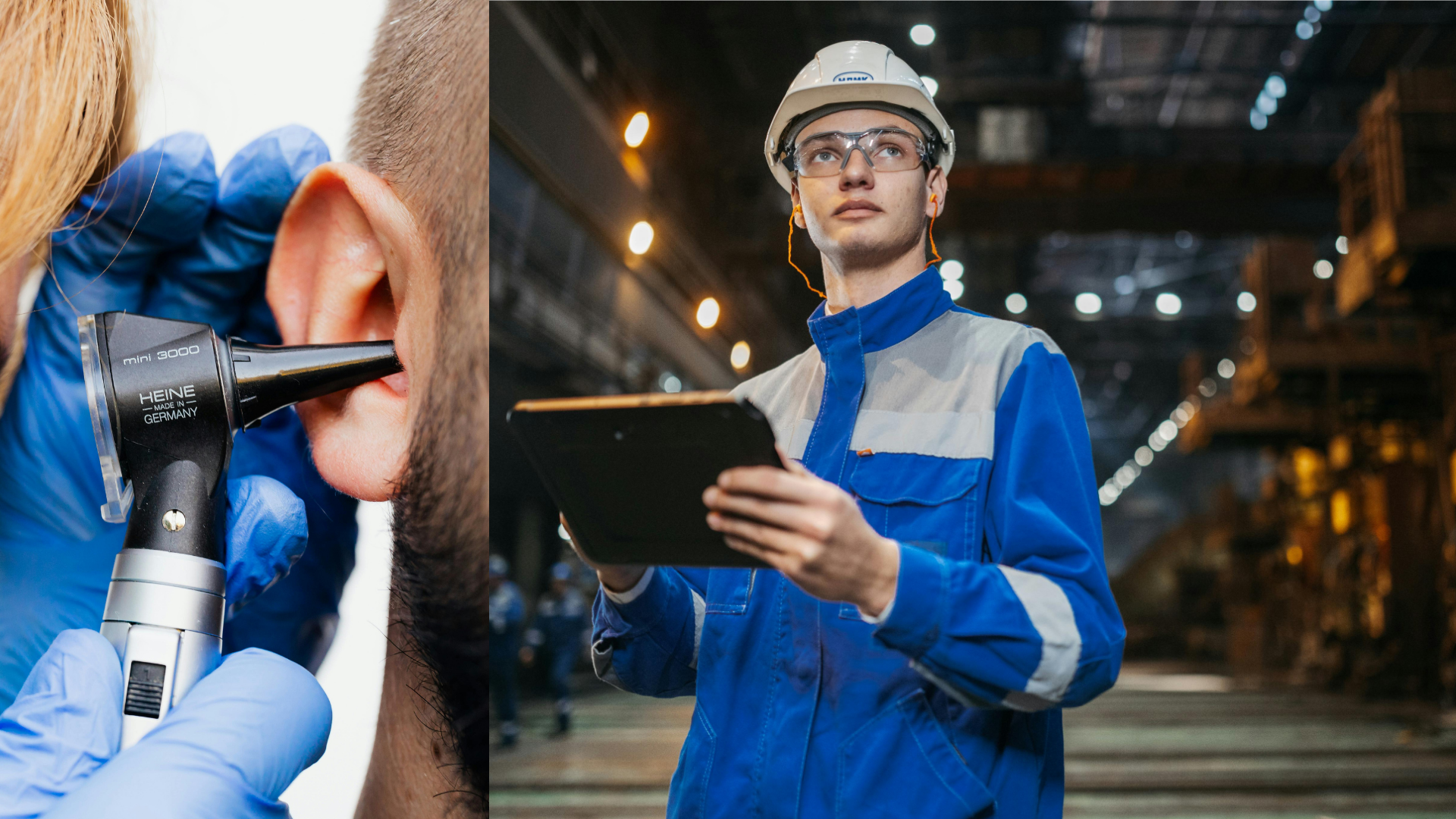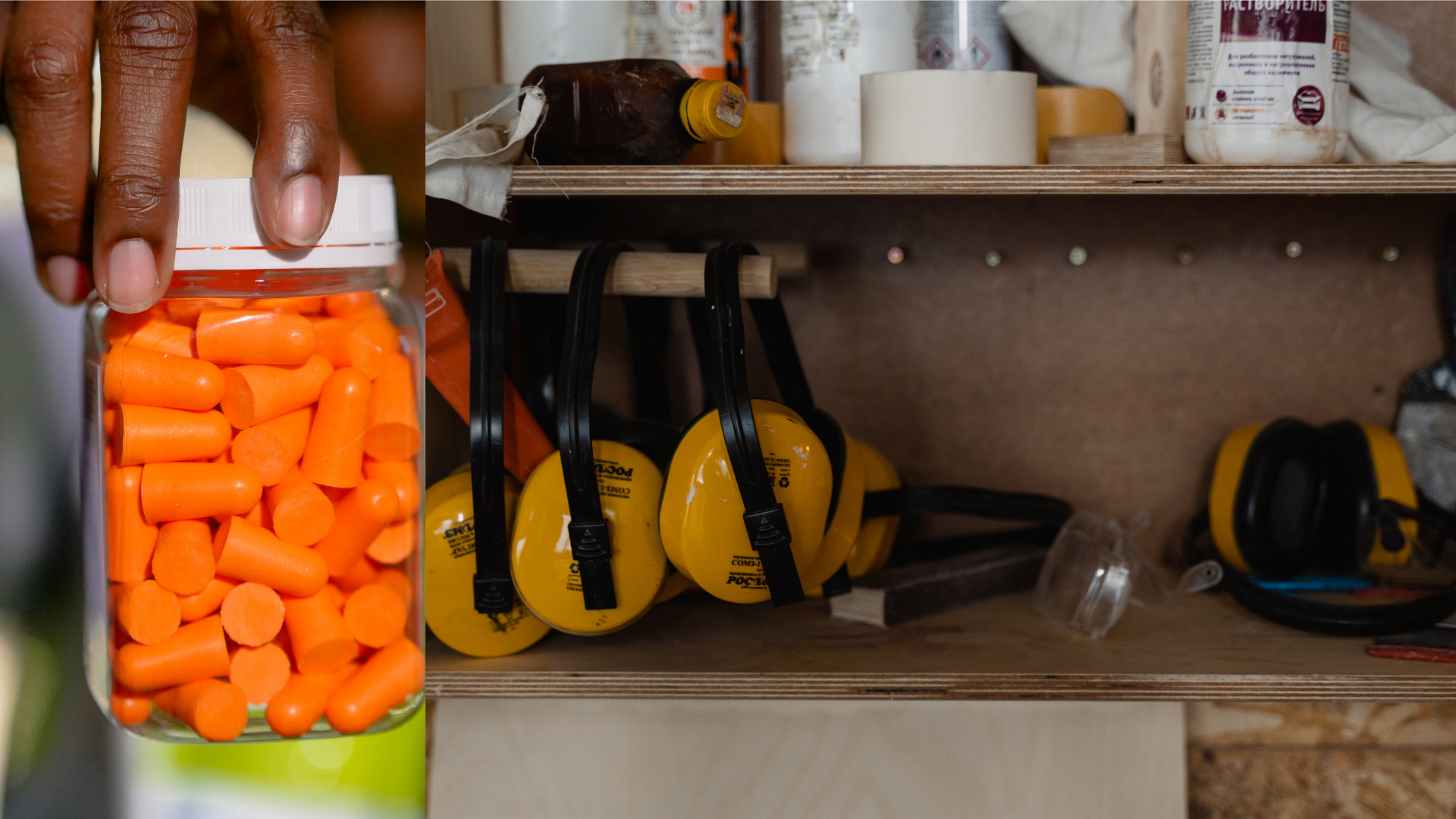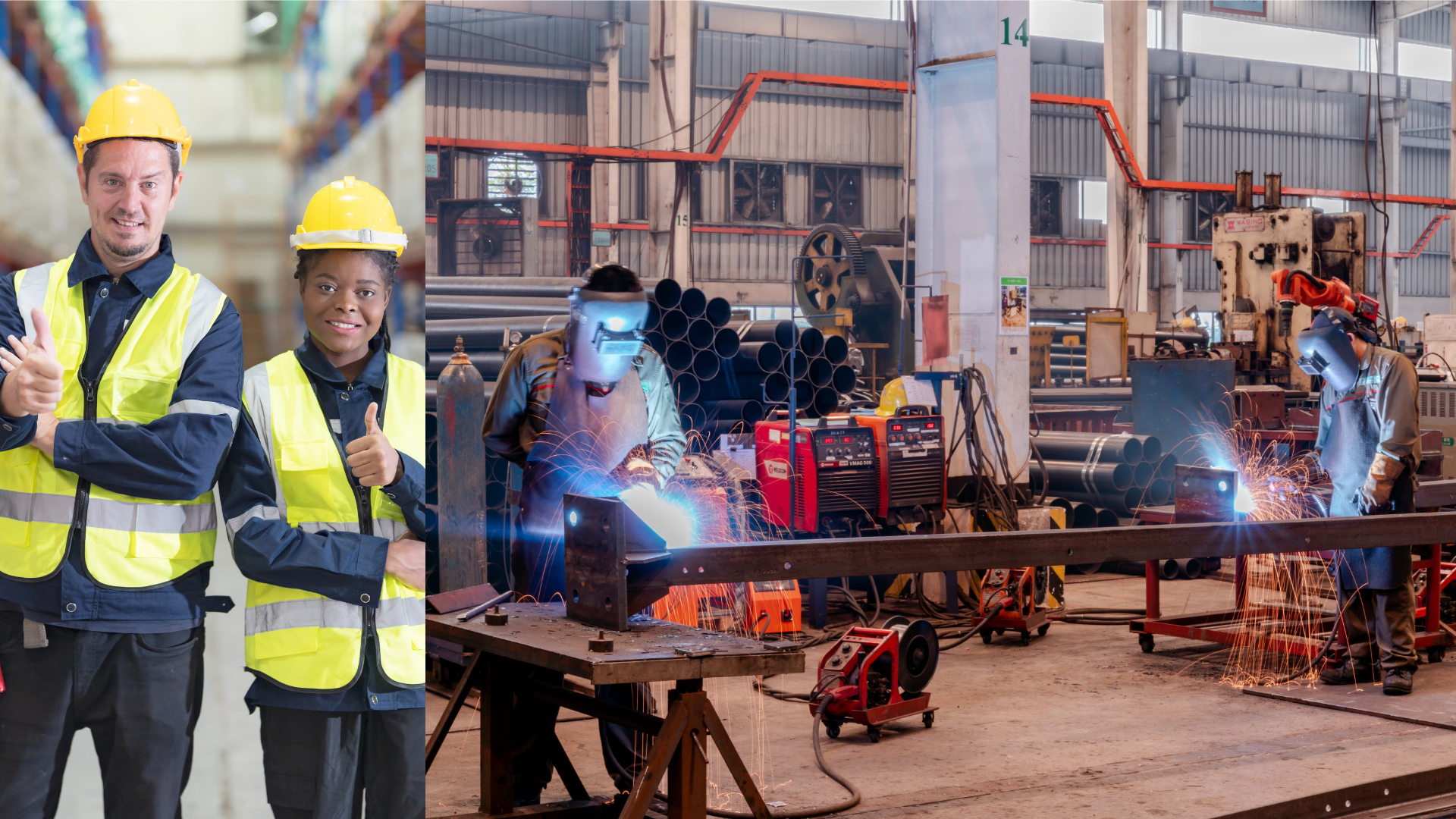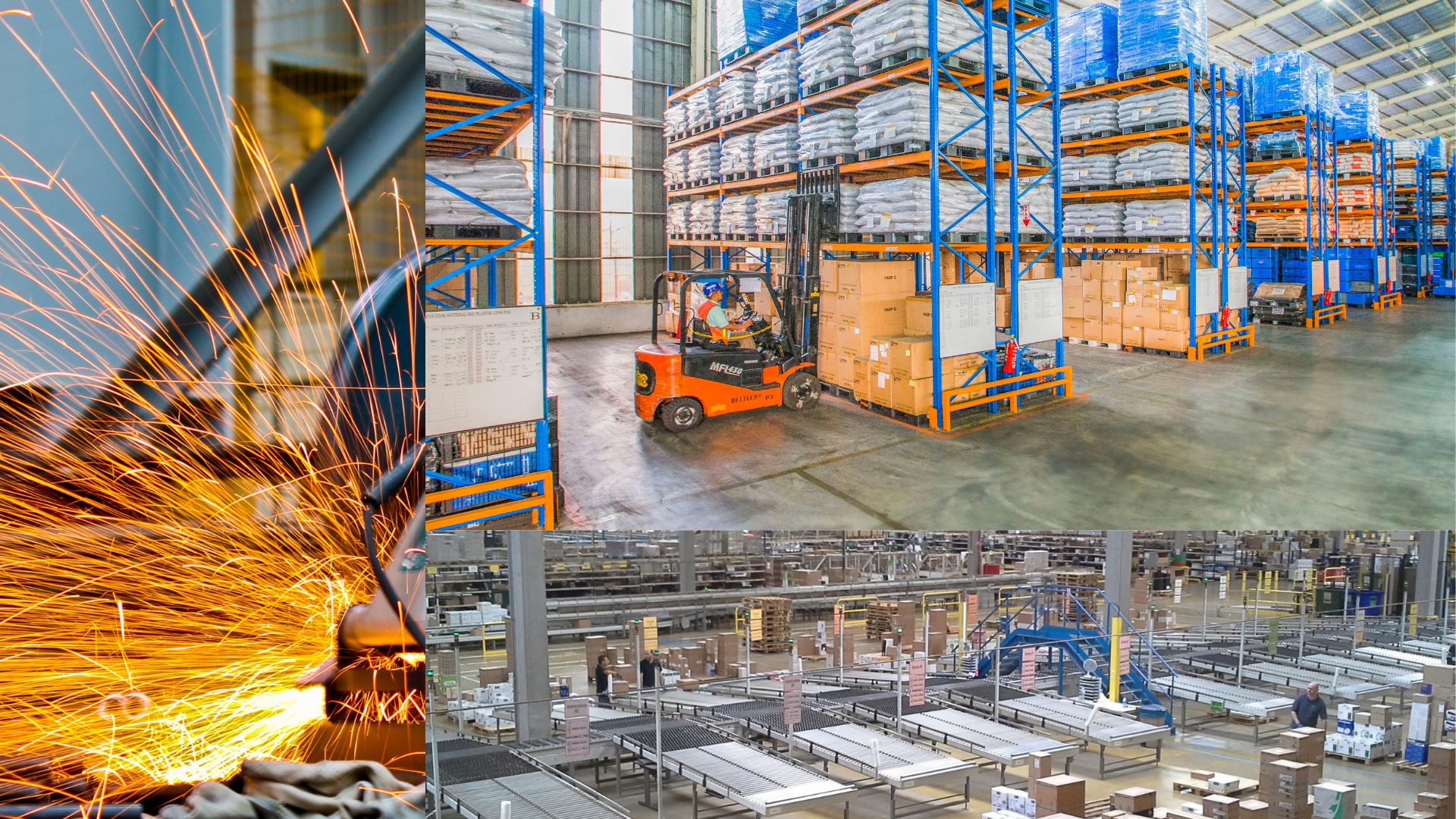Are Disposable Earplugs Effective?
Are Disposable Earplugs Really Effective?
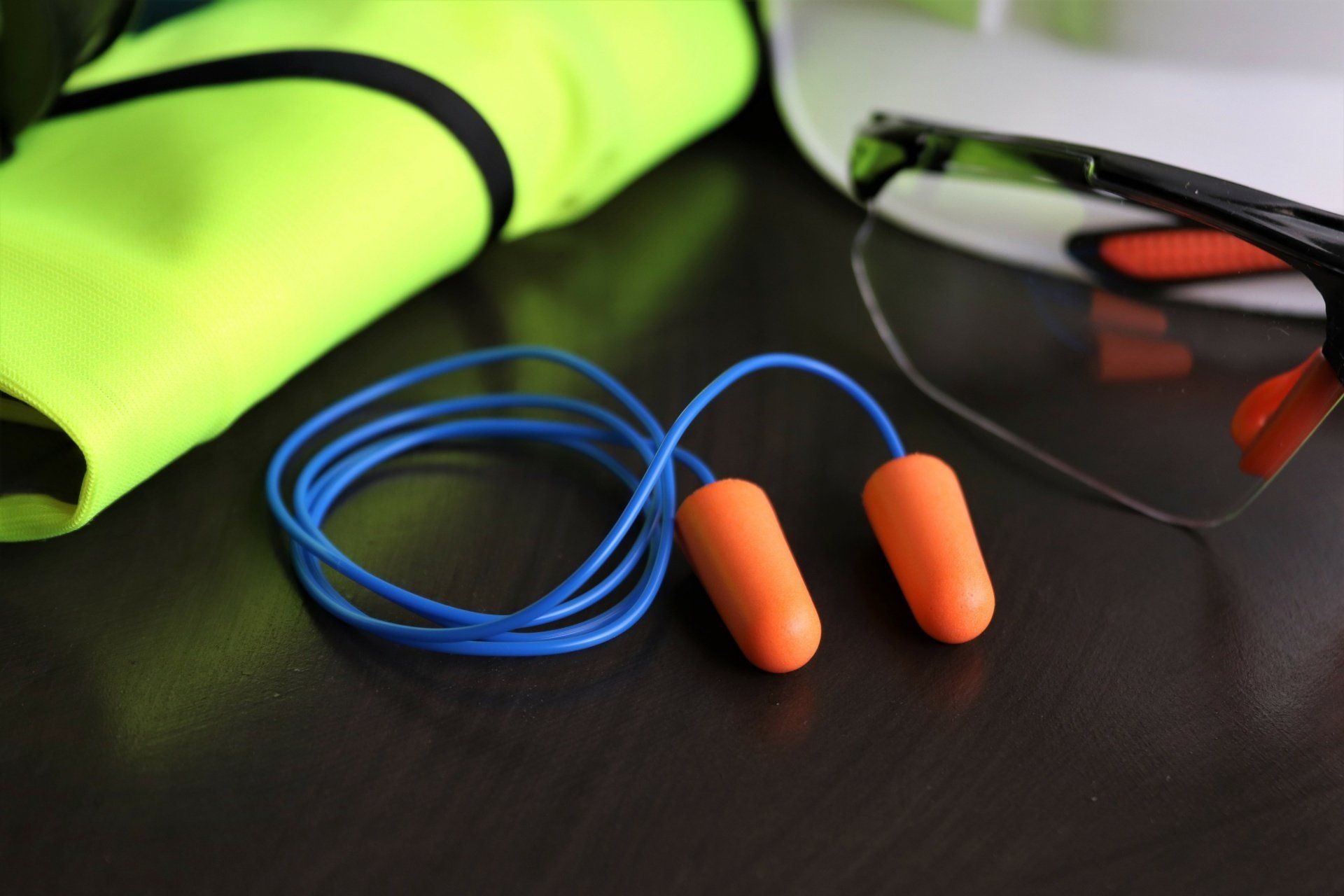
- The "protect your ears" safety culture is spreading. Hearing protection has made its way into the noisy business world.
- The earplug industry is dominated by two global leaders: 3M (EarTM, AearoTM, PeltorTM) and Honeywell (Howard LeightTM, BilsomTM).
Is the ear protection you've chosen appropriate for each employee?
Hearing loss and even occupational deafness rarely appear until five, fifteen, or even thirty years following exposure for many businesses.
As a result, according to the Internal Cotral Study, 75% of hearing protectors are disposable earplugs, which are often picked haphazardly and without employee input. Employees are then forced to wear these ear protection, despite the fact that they are unfit for their surroundings or ear shape.
Is the hearing protection truly flexible?
Hearing protection flaws have been investigated in scientific investigations undertaken by certification laboratories and hearing protection manufacturers. 3M scientist Eliot Berger has conducted the most research into the usefulness and limitations of individual hearing protectors.
Any hearing protector that complies with its certification and is appropriate for the user and his or her surroundings is effective if worn for the entire time the user is exposed to noise... Earmuffs, disposable and reusable earplugs, and molded or custom earplugs are all affected.
However:
Despite more restrictive regulations, noisy businesses' efforts to promote awareness, manufacturers of disposable earplugs and earmuffs' efforts to deliver even more effective goods, and persons exposed to over 80 decibels' efforts to wear their protectors...the outcomes are NOT good...
Hearing loss and occupational deafness are on the rise throughout the world!
The custom hearing protector stands out as the ideal solution
Disposable earplugs have been the subject of numerous studies highlighting their shortcomings, including lack of comfort, difficulty in insertion, excessive attenuation, and so on. In response, personalized hearing protectors began to develop in the early 1980s, primarily in Europe (Netherlands, Switzerland, and France). Their goal was to improve comfort and eliminate the incapacity to communicate that traditional protectors caused.
It was a success, and people started using personalized earplugs. Thousands of companies across Europe have shifted from disposable to bespoke earplugs.
Hearing protectors built to order were protecting the hearing of:
- 40% of employees are exposed to noise in the Netherlands.
- 20% of employees are exposed to noise in France
- Over 10% of employees are exposed to noise in Germany.
- Less than 1% of employees are exposed to noise in the United States, Australia, Brazil, and China,.
The growing tendency among organizations around the world to purchase personalized hearing protection for each employee is set to transform the lives of noise-sensitive workers. Today, newer, more complex hearing protectors with more precise computerized fabrication and servicing benefits boost the possibility to ensure they are worn 100 percent of the time while exposed to noise.
Disposable earplugs are rapidly being replaced by custom hearing protectors.
Performance, cost-effectiveness, comfort, and communication are all factors to consider. You'll never go back once you've tried personalized earplugs!
More firms and their employees will become aware of the noise-related risk as custom protection becomes more popular, and the hearing health of more employees will be safeguarded, with less and less occupational deafness.
The components of Anadyne’s hearing loss solution are "protect, educate, and validate."Anadyne can help you set up an effective hearing protection system, including hearing protectors that are customized to the specific noise levels in the environment, as well as other features that ensure that they are worn 100 percent of the time when a person is exposed to noise.



